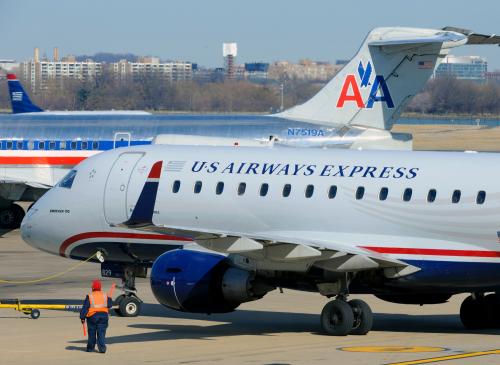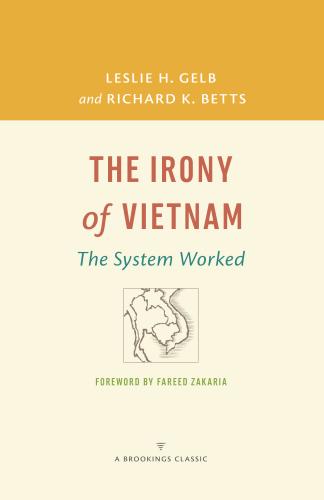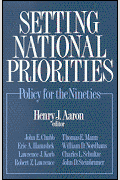As the holiday season approaches, the major airlines are signaling to some passengers to take a hike. At least that’s what travelers might infer from the smaller number of flights being scheduled at many of the nation’s airports.
Between 2007 and 2012, airlines cut the number of domestic passenger flights by 14 percent, according to the Department of Transportation—with the biggest drops occurring at midsize and smaller regional airports. The five heartland hubs of Cincinnati, Cleveland, Memphis, Pittsburgh and St. Louis have lost a stunning 40 percent of their scheduled flights.
The reason is simple: airlines have decided that the best way to earn a healthy return on their investment is to maintain tight discipline on capacity. That’s a fancy way of saying they want their planes to fly as full as sardine cans. And the way they’ve been accomplishing this is by concentrating service on the big domestic and international markets and by cutting flights in smaller, less traveled ones.
That’s smart business, of course. Why expend the same dollars on jet fuel, pilots and Sun Chips on a flight that’s likely to leave half-empty from Memphis when you can trim the number of scheduled departures from the same airport and really pack them in on each flight?
But this, of course, leaves Aunt Sally in Sarasota, Fla., with fewer options to visit family during the holidays; it leaves millions of us with longer boarding and exiting delays on our planes — and, yes, it helps drive up fare prices, too. It’s that old rule of supply and demand. Travelocity, an online booking site, has found airline ticket prices for this pre-Thanksgiving period to be 10 percent higher on average than last year.
Unfortunately for travelers, this situation is unlikely to change anytime soon. With five airlines now serving 85 percent of the domestic market—four, if American Airlines and US Airways merge, as industry analysts expect—the major carriers are worrying less about the one factor that could disrupt their cozy, cram-’em-in strategy: competition.
That is, unless policy makers do what they should have done a long time ago and allow foreign airlines, including discount carriers like Ryanair and global players like Qantas and British Airways, to serve domestic routes in the United States. Why, after all, should an industry that has ingeniously used free-market principles to squeeze the most revenue out of each middle seat be protected from competing in a real free market?
As things stand now, the United States allows foreign airlines to serve its major cities as part of international agreements — conventions that have been around for decades. Foreign airlines have never posed a threat to national security or to the safety of air travelers; there’s no indication that such carriers have resisted American security measures in the past or any reason to think they’d violate any protocols required for domestic routes either.
Competition from foreign airlines would put downward pressure on wages, something that union workers may object to. But by reducing fares and expanding service, it would also increase the demand for air travel and related services — thus, presumably, creating additional jobs during a time of persistently high unemployment.
Airline travelers, in fact, have already benefited significantly from increased competition among international carriers. Beginning with a successful agreement with the Netherlands in 1992, the United States has pressed for liberal free-trade pacts, called “open skies” agreements, with several nations.
In collaboration with Jia Yan of Washington State University, I have estimated that travelers have gained at least $5 billion annually as a result of lower international fares and additional flights generated by open skies agreements.
By allowing foreign airlines to serve American domestic markets, the process of creating a truly free market in airline services here would be complete and, as in the case of international markets, would provide travelers the benefit of more flight choices and lower fares.
Naturally, domestic airlines are likely to oppose such a policy. But they should realize that their current strategy to maximize profits — reducing flights and raising fares — runs the danger of alienating the American flying public and spawning new regulation.
One possible solution is to take a half-step toward opening up domestic markets and allow foreign carriers to serve any midsize and regional airport in the United States that has lost service in the past few years. New entrants would be able to integrate those markets with their international routes, something that could put many smaller American cities on the global business map.
Soon, Aunt Sally might enjoy the service on Singapore Airlines en route to Cincinnati. It’s a short flight from Sarasota — but the hot face towels are a dream.








Commentary
Op-edA Remedy for Air Travel Woes
November 21, 2012